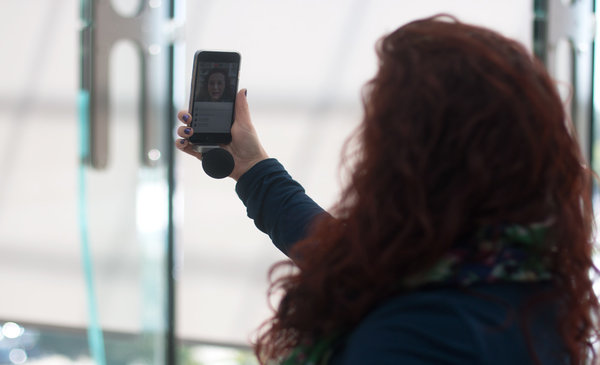
Declining trust in media institutions, governments, and corporations is leaving a vacuum which brands might fill. Of the four major measures clocked by Edelman’s Trust Barometer, it seems business (especially among those in the West) is one of the last bastions of trust, and even that is on decline. One of the most interesting of Edeleman’s findings is that, for the first time, peers are now seen as equally credible to both academic and technical experts.
Customer evidence has always been important to brands. The complex solutions in the B2B industries usually sees evidence presented in the form of case studies and testimonials, whereas B2C brands might use shorter form reviews, ratings, and endorsements. But the point of evidence is to allow customers to preview or simulate the brand experience prior to purchase. Evidence helps drive and accelerate the purchase decision.
If you haven’t heard of the term Groundtruthing, it’s something every brand owner should become familiar with. Information customers get from experts and media institutions is typically inferred. So, the final edit of a testimonial or published customer story might read as perfect, but we know it has passed through a lens that is likely biased to the brand. The growing popularity of live video and citizen journalism seeks to bypass the filters and influences in order to present the story; raw, imperfect and unfiltered, so people can make up their own minds. They “go to the ground” to find the truth.
Here are seven ways brands can capture the evidence needed to grow and in some case restore trust among customers.
1. Make evidence a priority: In a fast-changing world, the short shelf life of evidence may seem like an expensive proposition with limited ROI. So, be smart about the evidence you collect. Focus on the unique situations, solutions and stories that show how your brand has made the customer a hero, and find ways to get this evidence in front of prospective customers.
2. Solicit your evidence: User generated content is great, but consider the groundtruthing implications. Customers want to get to the original source and likely will find original content much more valuable than what you create.
3. Be live when you can: Social platforms have made it so easy to go live. If your brand has presence at events or trade shows, put your smartphone to work. Find a way to capture what customers say without a script and without editing. Broadcast it live, but save the recordings to make an event highlights reel. Live video can be one way to cross-reference.
4. Provide ways to cross reference: If you have a traditional case study or testimonial, what else can you provide customers to help them cross reference? While links to other media stories are great, think about any unfiltered content can you offer to help bolster the authenticity of the story.
5. Get clear on the influence you want: It used to be about number of followers, but there are so many ways to cheat on followers, size of audience is no longer relevant. It’s more important to understand what you’re trying to influence, and build evidence that supports that.
6. Make a play for advocacy: Some brands trust their customers so much; they encourage them to connect in real life, so should you. Look for opportunities to grow advocates and find ways to get advocates and influencers in front of customers, in live video streams, at events where they can interact in real time.
7. Be Polished and raw: Many brands limit themselves by thinking the brand can only be expressed using the visual style or language of the brand. There is a place for both the polished, edited content you create, as well as raw, unedited content. Providing both will help demonstrate transparency in your story.
Think of trust as a living organism, not as feeling or a perception. Water it, nurture it, and grow it with evidence.
Don’t face your marketing challenges alone. Join us in Hollywood, California for Brand Leadership in the Age of Disruption, our 5th annual problem-solving event designed around brand strategy.
The Blake Project Can Help: Disruptive Brand Strategy Workshop
Branding Strategy Insider is a service of The Blake Project: A strategic brand consultancy specializing in Brand Research, Brand Strategy, Brand Licensing and Brand Education
FREE Publications And Resources For Marketers
















